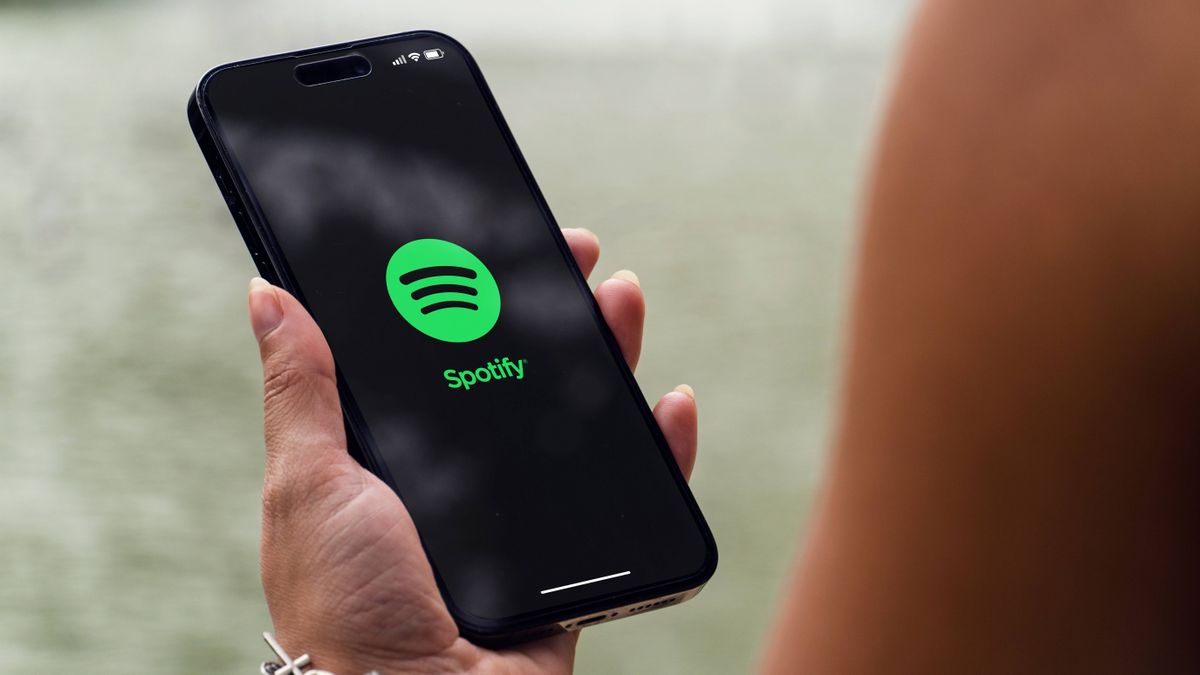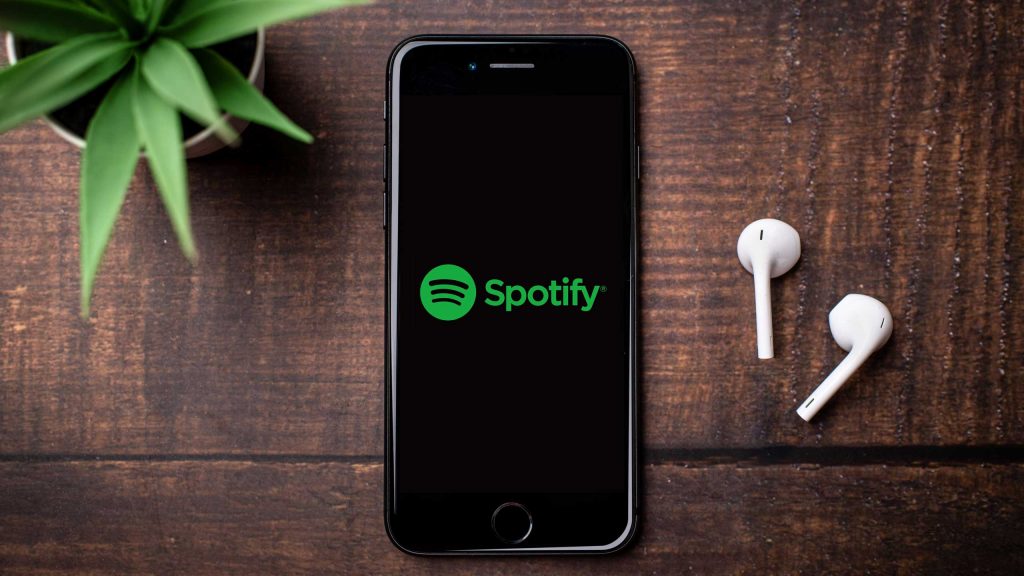Creating a music streaming app akin to Spotify like app development is a multifaceted endeavor that requires meticulous planning, strategic design, and adept implementation. This comprehensive guide outlines the essential steps, technologies, and considerations to develop a robust and scalable music streaming application.
1. Understanding the Core Features of Spotify
Before embarking on development, it’s crucial to comprehend the fundamental features that constitute a music streaming app like Spotify:
- Music Library: A vast collection of songs across various genres and languages.
- User Authentication: Secure login and registration system.
- Search Functionality: Ability to search for songs, artists, albums, and playlists.
- Playlists: Users can create, edit, and share playlists.
- Music Player: Features like play, pause, skip, shuffle, and repeat.
- Recommendations: Personalized song suggestions based on user preferences.
- Offline Mode: Download songs for offline listening.
- Social Sharing: Share music and playlists with friends.
- Push Notifications: Alerts for new releases, updates, and recommendations.
2. Planning and Designing the Application
a. Market Research and Requirement Analysis
- Target Audience: Identify the demographics and preferences of potential users.
- Competitor Analysis: Study existing music streaming applications to understand their strengths and weaknesses.
- Feature Prioritization: Determine the essential features for the Minimum Viable Product (MVP).
b. User Interface (UI) and User Experience (UX) Design
- Wireframing: Create basic layouts to visualize the app’s structure.
- Prototyping: Develop interactive models to test user flows.
- Design Tools: Utilize tools like Figma or Adobe XD for designing interfaces.
3. Choosing the Right Technology Stack
a. Front-End Development
- Programming Languages: Swift for iOS and Kotlin for Android.
- Frameworks: React Native or Flutter for cross-platform development.
b. Back-End Development
- Programming Languages: Node.js, Python, or Ruby on Rails.
- Database: MongoDB, PostgreSQL, or MySQL for storing user data and playlists.
- Cloud Storage: Amazon S3 or Google Cloud Storage for storing music files.
- Streaming Protocols: HTTP Live Streaming (HLS) or MPEG-DASH for delivering audio content.
c. Third-Party Services
- Payment Gateway: Stripe or PayPal for handling subscriptions.
- Push Notifications: Firebase Cloud Messaging (FCM) or OneSignal.
- Analytics: Google Analytics or Mixpanel for tracking user behavior.

4. Developing the Application
a. Setting Up the Development Environment
- Integrated Development Environment (IDE): Android Studio for Android and Xcode for iOS.
- Version Control: Git for tracking changes and collaborating with team members.
b. Implementing Core Features
- User Authentication: Implement secure login and registration using OAuth 2.0.
- Music Streaming: Integrate streaming protocols to deliver high-quality audio.
- Search Functionality: Implement efficient search algorithms for quick and accurate results.
- Playlist Management: Allow users to create, edit, and share playlists.
- Recommendations: Use machine learning algorithms to provide personalized song suggestions.
c. Ensuring Security and Privacy
- Data Encryption: Encrypt user data both at rest and in transit.
- Compliance: Ensure the app complies with data protection regulations like GDPR.
5. Testing and Quality Assurance
- Unit Testing: Test individual components for correctness.
- Integration Testing: Ensure that different modules work together seamlessly.
- User Acceptance Testing (UAT): Gather feedback from real users to identify usability issues.
- Performance Testing: Assess the app’s responsiveness and stability under various conditions.
6. Deployment and Maintenance
a. Launching the Application
- App Store Submission: Prepare the app for submission to the Google Play Store and Apple App Store, adhering to all guidelines.
- Marketing and Promotion: Develop a strategy to promote the app and attract users.
b. Post-Launch Support
- Monitoring: Track app performance and user engagement metrics.
- Updates: Regularly release updates to fix bugs, improve performance, and add new features.
- User Support: Provide channels for users to report issues and receive assistance.
7. Cost and Time Estimates
- Development Time: Approximately 6 to 12 months for a fully functional app, depending on complexity.
- Estimated Cost: Varies based on features and development rates; using third-party services can streamline development and reduce costs.
Developing a music streaming application like Developing a Spotify like App requires a blend of technical expertise, strategic planning, and user-centric design. By following this guide, you can embark on creating a robust, secure,

